- HOME
- Special Features
- Model courses and highlights to enjoy Ozu Castle Town
- Castle Town Stories
- 2025.09.16
Model courses and highlights to enjoy Ozu Castle Town
-
- Get to know Ozu urban & community development Ozu History Exploration Center (Ozu Rekishi Tanbokan)
- One of the largest wooden castle towers in Japan Ozu Castle
- A masterpiece of Sukiya-zukuri Garyu Sanso (villa)
- Famous architecture full of international flavor Bansenso
- A vacant house renovated into a traditional Japanese shop
- One of the largest decentralized hotel in Japan
Get to know Ozu urban & community development Ozu History Exploration Center (Ozu Rekishi Tanbokan)
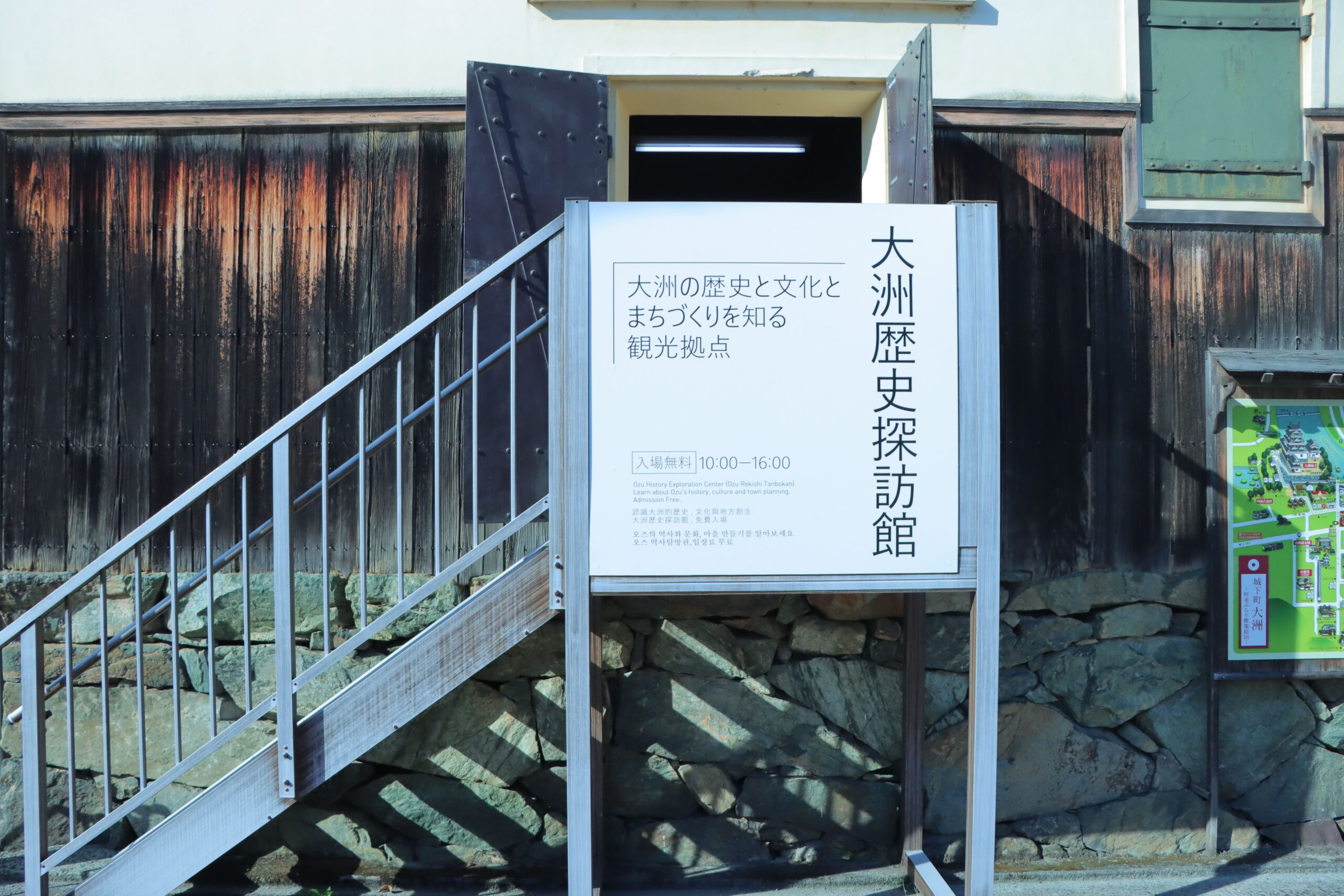
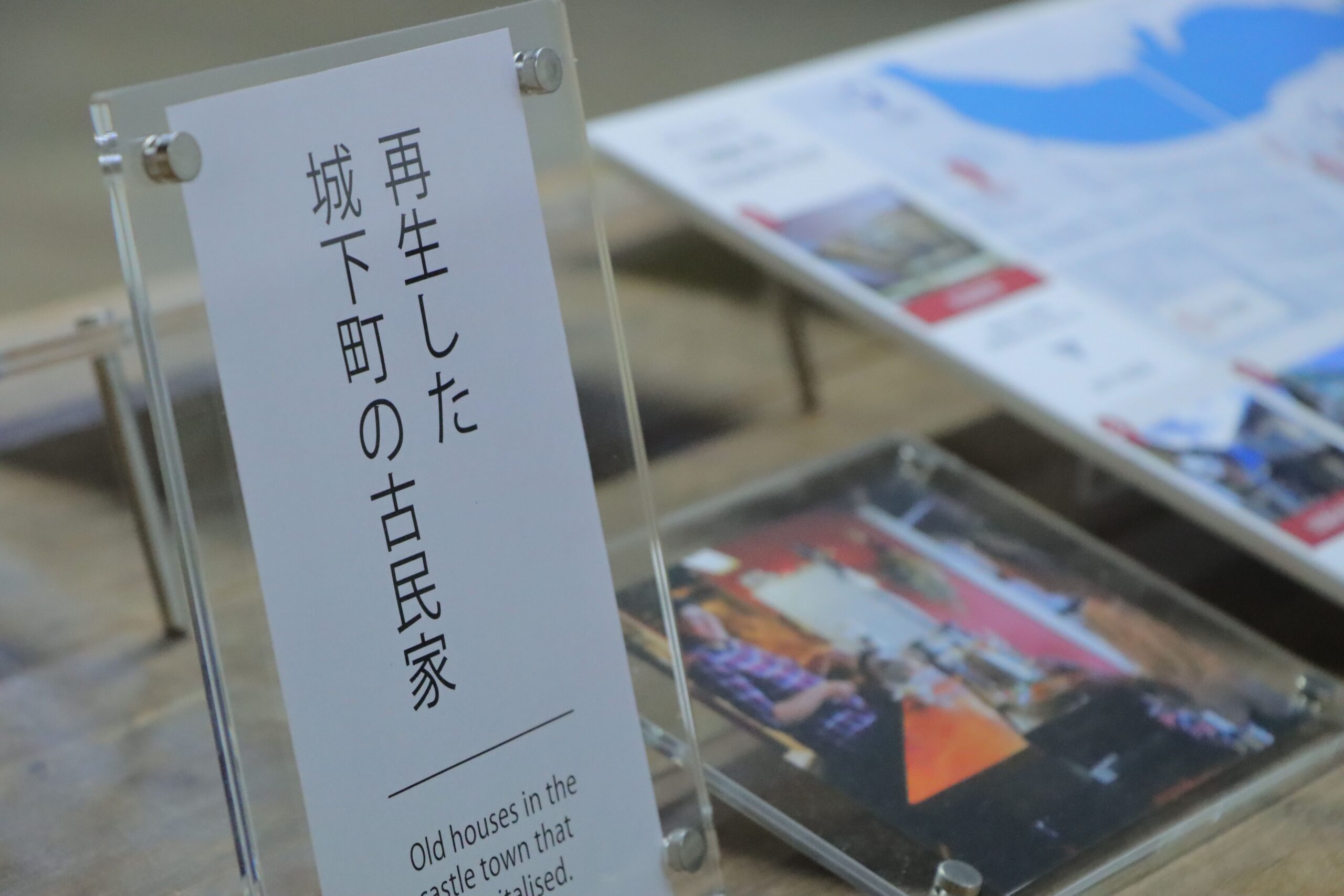
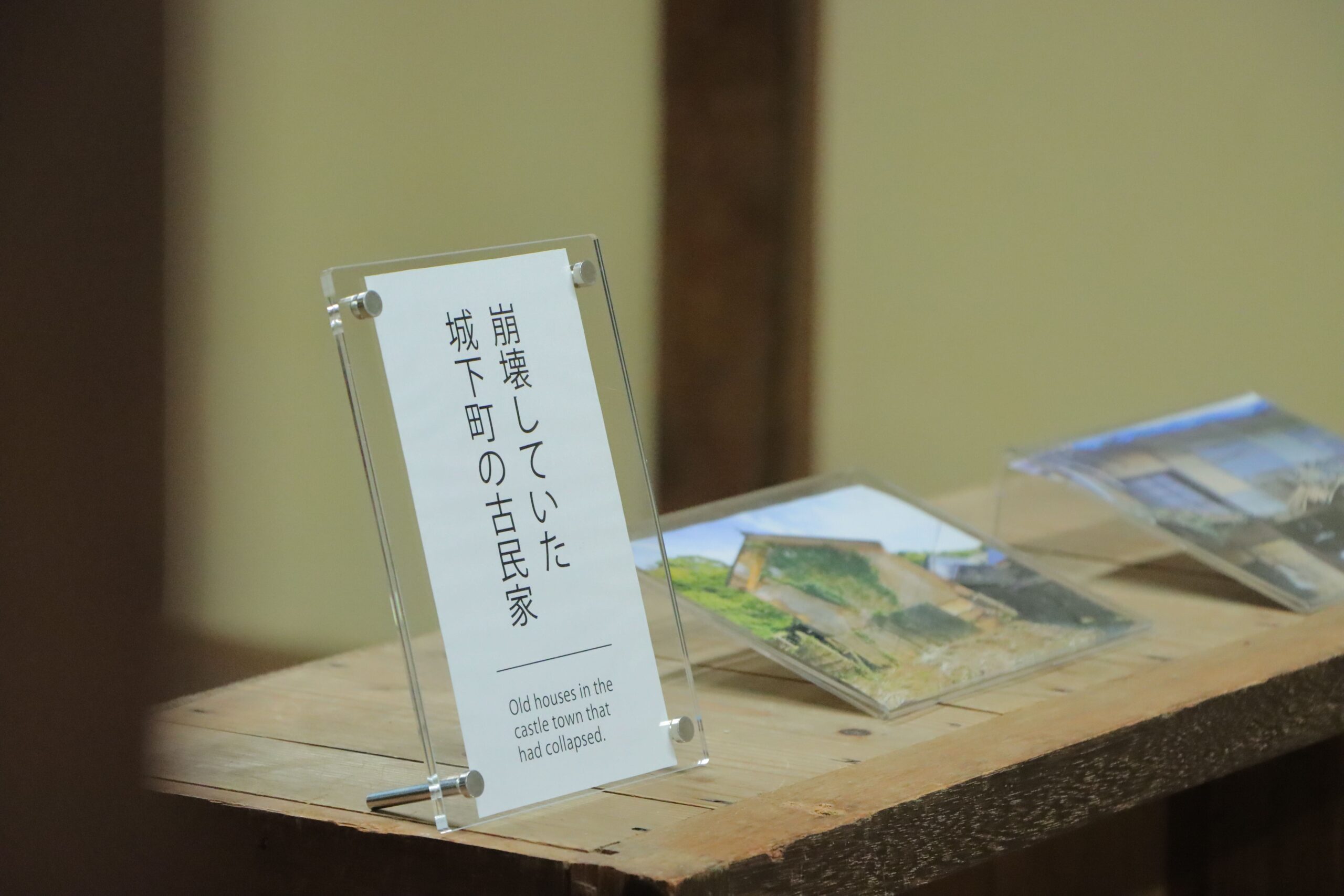
Ozu Ozu History Exploration Center (Ozu Rekishi Tanbokan) is the best place to start your sightseeing. Ozu Castle Town is working on tourism urban & community development by renovating and utilizing historical buildings that were vacant houses.
Ozu History Exploration Center (Ozu Rekishi Tanbokan) exhibits photographs of old houses that were vacant and collapsed at the time, as well as photos of old houses after revitalization.
Knowing the past Ozu at the beginning of your journey will definitely help you enjoy Ozu more deeply.
Facility combined ticket is a good deal
If you come to Ozu Castle, Garyu Sanso (villa), or Bansenso introduced this time, you can save money on a common facility ticket. Facility tickets can be purchased at each tourist facility (Ozu Castle, Garyu Sanso (villa), Bansenso).
Admission fee
Ozu Castle: 550 yen for adults, 220 yen for junior high school students and younger
Garyu Sanso (villa): 550 yen for adults, 220 yen for junior high school students and younger
Bansenso: 550 yen for adults, 220 yen for junior high school students and younger
Ticket for 2 facilities: 880 yen for adults, 330 yen for junior high school students and younger
Ticket for 3 facilities: 1100 yen for adults, 440 yen for junior high school students and younger
Garyu Sanso (villa): 550 yen for adults, 220 yen for junior high school students and younger
Bansenso: 550 yen for adults, 220 yen for junior high school students and younger
Ticket for 2 facilities: 880 yen for adults, 330 yen for junior high school students and younger
Ticket for 3 facilities: 1100 yen for adults, 440 yen for junior high school students and younger
One of the largest wooden castle towers in Japan Ozu Castle
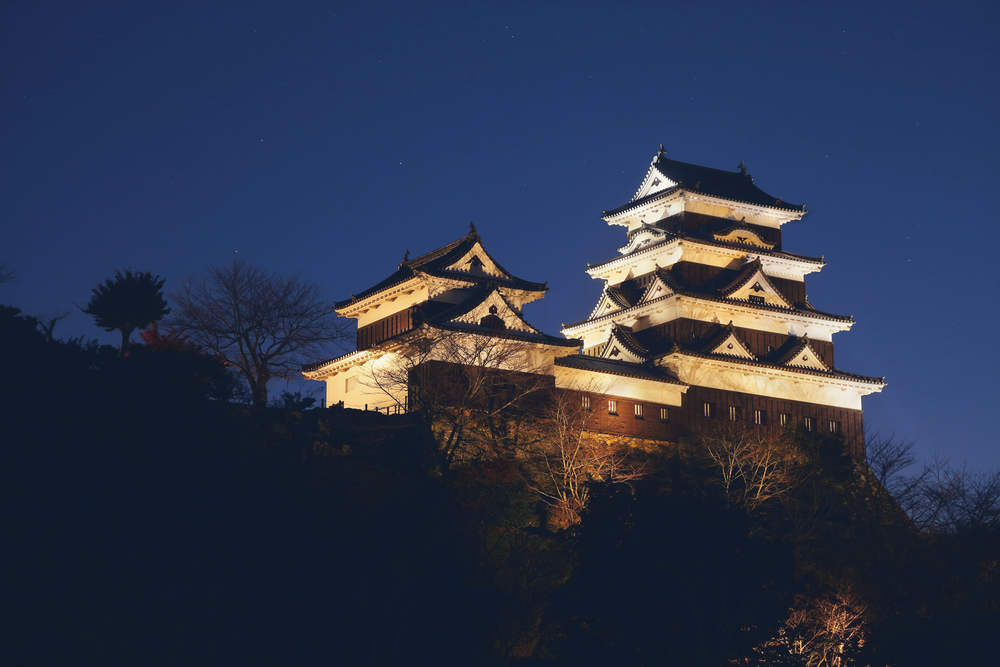
Ozu Castle is said to have begun in 1331 when Utsunomiya Toyofusa built a castle. The castle tower was demolished in 1888 due to the castle abandonment order, but it was restored in 2004 with donations from citizens, and has since become a symbol of Ozu city.
The castle tower was completely restored in 2004 using wood
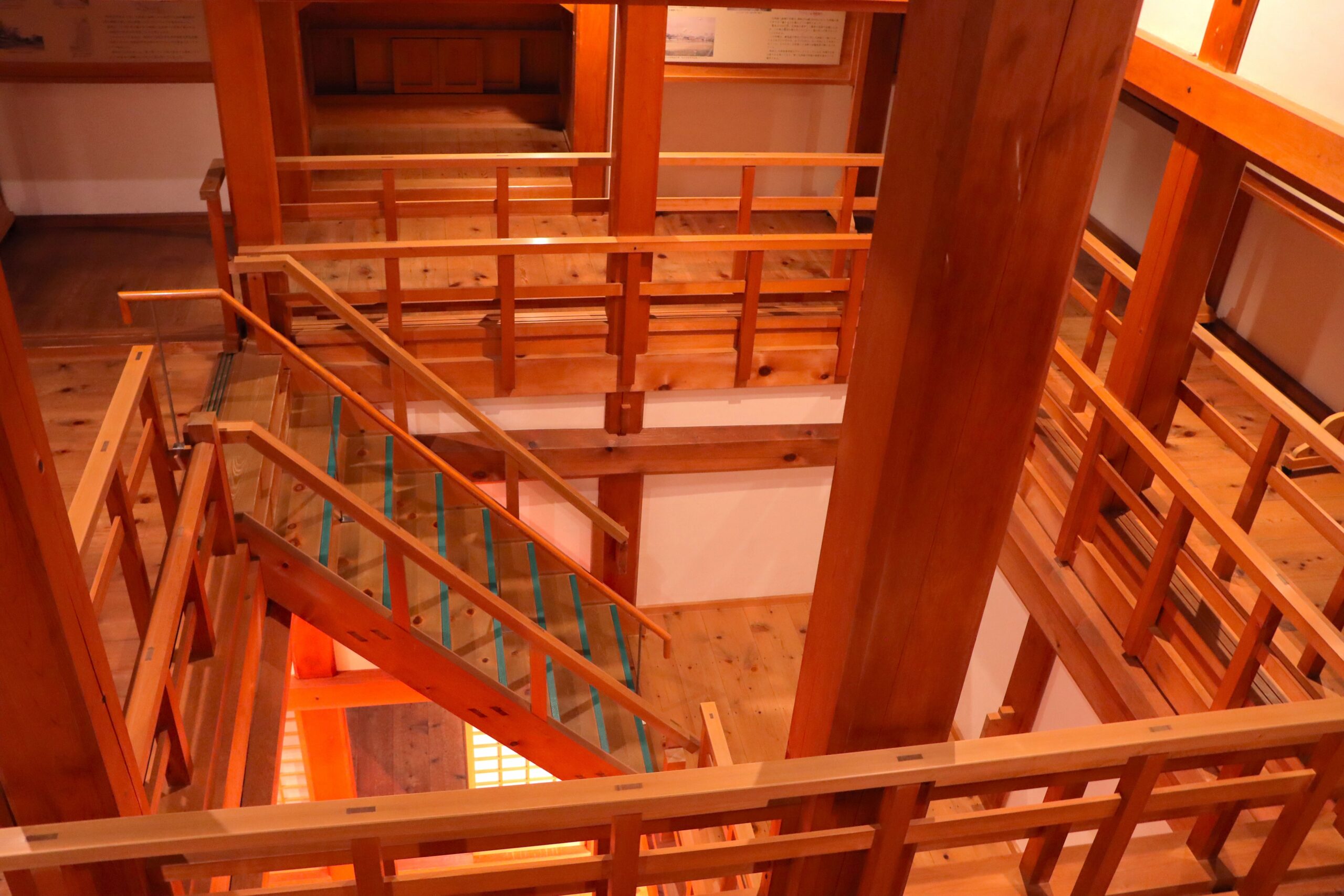
The Ozu Castle, which was restored in 2004, is faithfully reproduced with a sticking wooden structure. For the restoration, we invited a palace carpenter from Inami Town, Nanto City, Toyama Prefecture, and worked with a local Ozu construction company.
The restoration of the four-story and four-story wooden castle tower is the first in Japan and is one of the largest in Japan. This was due to the fact that there were enough materials left to restore it, such as wooden templates made in the Edo period that show the internal structure of the castle tower, and old photographs of Ozu Castle taken before the castle tower was demolished.
In addition, 40% of the wood used for Ozu Castle is locally produced, and 60% is domestic wood collected from all over the country. The wooden structure inside the castle tower, which was restored using traditional Japan techniques, is beautiful and powerful. According to the staff of Ozu Castle, "The good thing about Ozu Castle is that you can see the scenery that Castle Lord saw at the time as it is."
A tower designated as an important cultural property
The castle tower has been restored using wood, but the "Kitchen Tower" and "Balustrade Tower" on either side are the only remaining towers from the original period.
In addition, each of the restored castle towers is beautifully built of new wood, while the turrets are old and old.
A castle where you can stay in the keep?
Ozu Castle is also famous for being the first castle in Japan to stay overnight. "Ozu Castle Castle Stay" begins with the experience of a castle owner who recreates the scene of the entrance of the Castle Lord at that time, when the sound of conch shells resounds in the Ozu Castle in the evening. Afterwards, you'll enjoy Ozu 's traditional performing arts, a welcome cannon blast by the Gun Corps, and a dinner full of local produce. At night, you can rent out an empty castle tower and fall asleep peacefully.
A masterpiece of Sukiya-zukuri Garyu Sanso (villa)
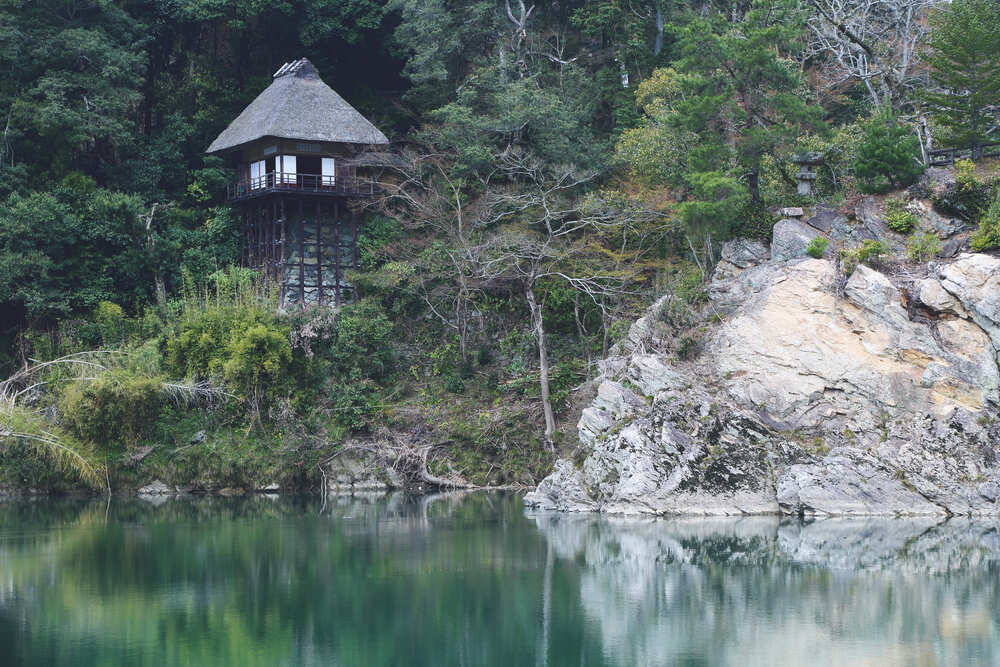
Ozu The Garyu Sanso (villa), which stands in the best scenic spot, was conceived by Torajiro Kawachi, who made a fortune in Wax production trade, and was completed in 10 years and 3 years and 8 months from the start of construction. Created to preserve the Japan's tea ceremony culture, Garyu Sanso (villa) is a masterpiece of Sukiya's architecture (a traditional Japan architectural style that incorporates the design of a tea room) with Japan beauty.
Aesthetic appreciation treasure trove of Garyu-in
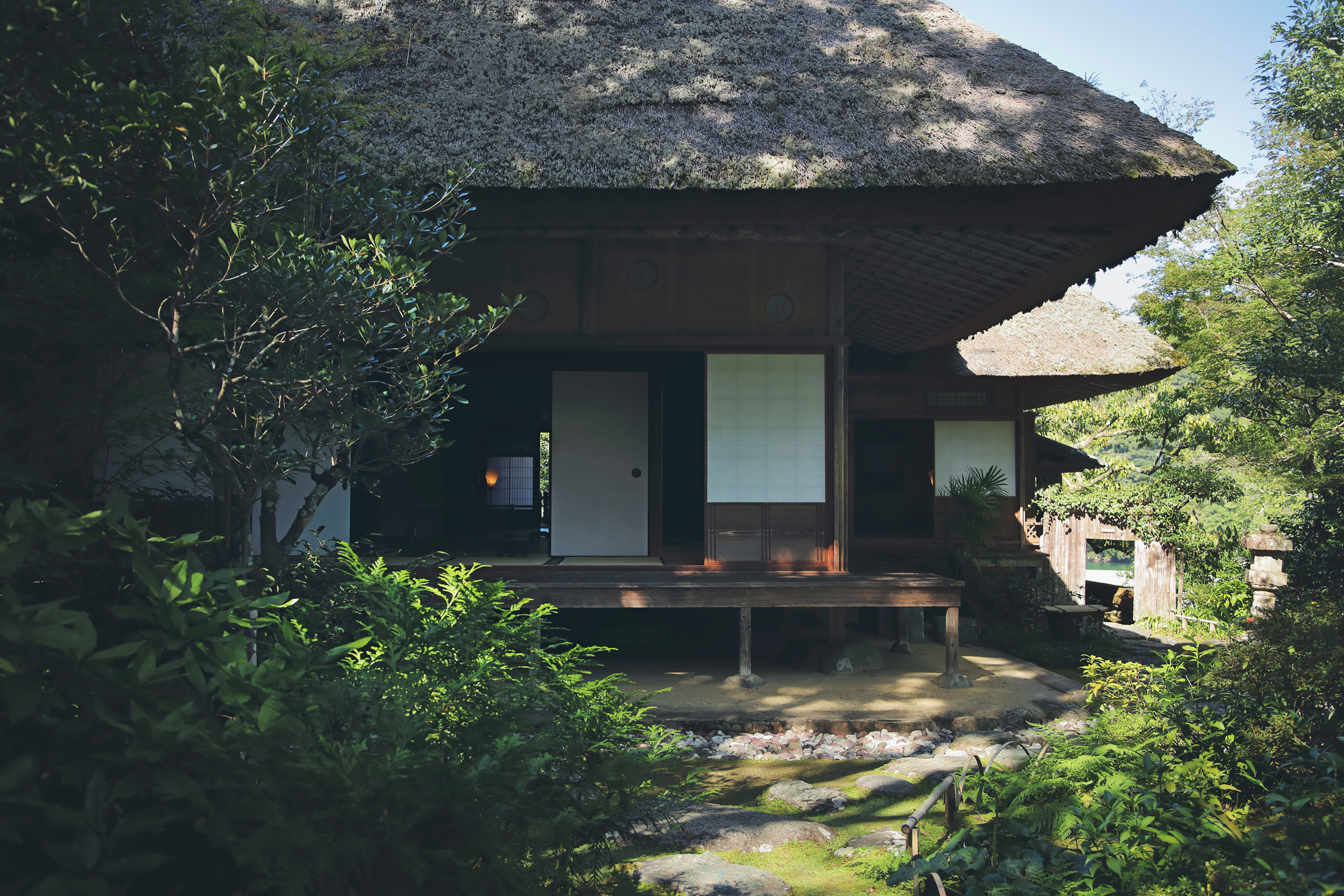
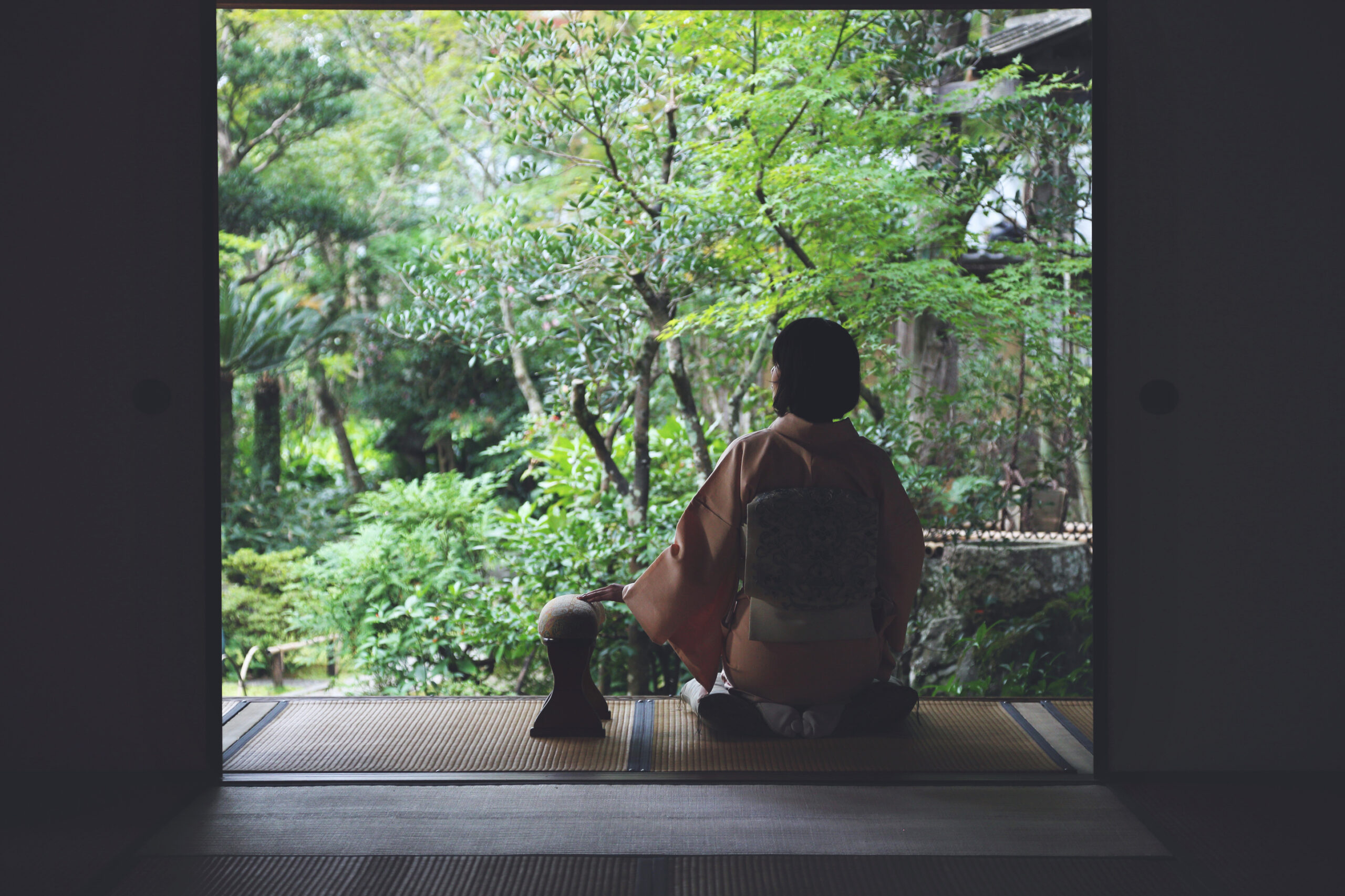
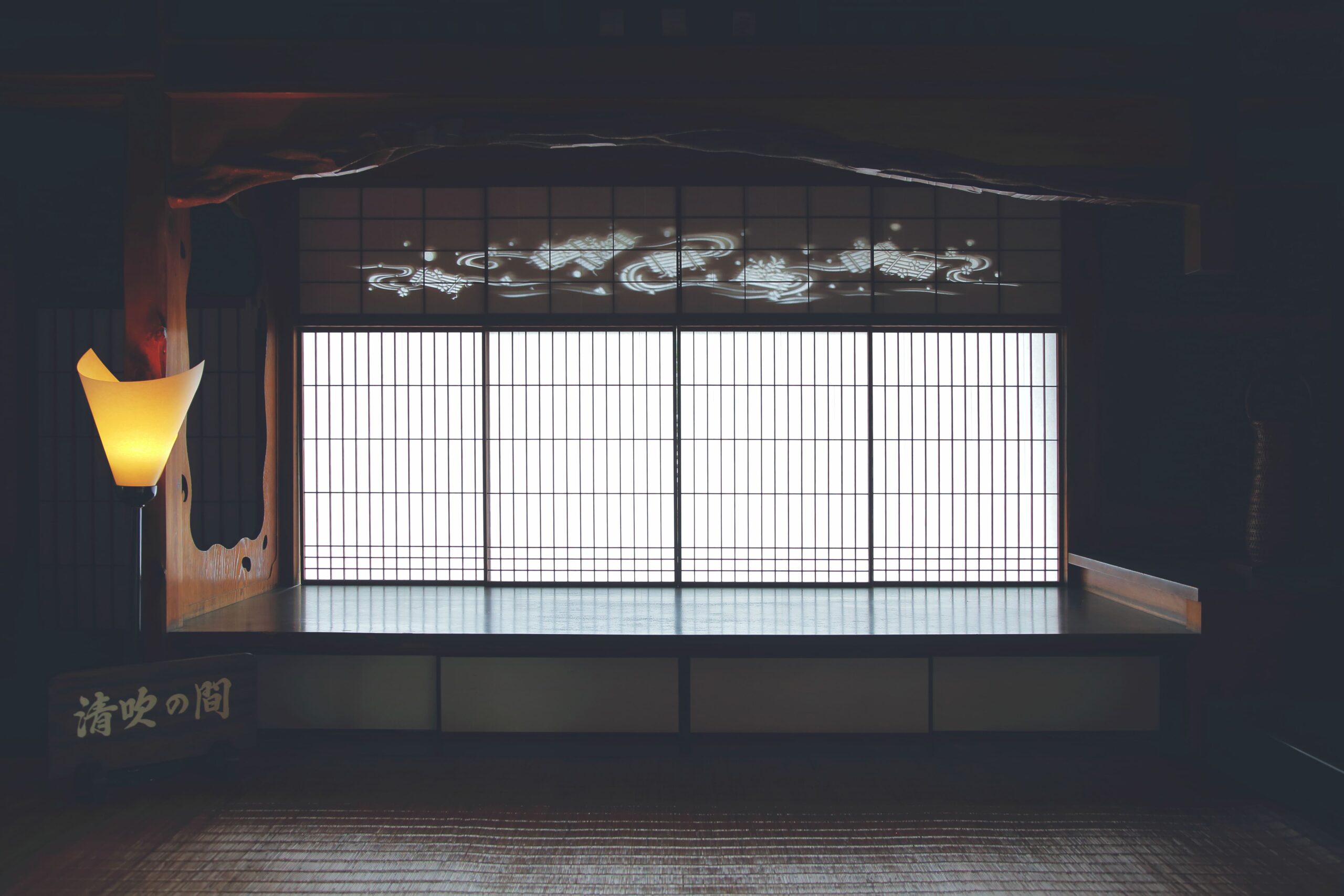
Garyu Sanso (villa) is packed with detailed techniques and Aesthetic appreciation with reference to the architecture and Japan gardens of Katsura Imperial Palace and Shugakuin Palace.
The careful selection of materials, the excellence of the idea, and the outstanding skills of the master craftsmen combine to make it a rare masterpiece in the village.
The "Seibuki Room" of the building, called Garyu-in, faces north and is airy, the ceiling is higher than the others, and there are many pieces of work that make you feel cool. There are carvings related to water: spring on a raft with cherry blossoms, summer with polka dots on the right, autumn with chrysanthemum water on the transom between the "Ichikore-no-ma" on the left, and winter with a snow-ring window between the Buddha room and the Buddha room.
Resembling a boat Furo-an
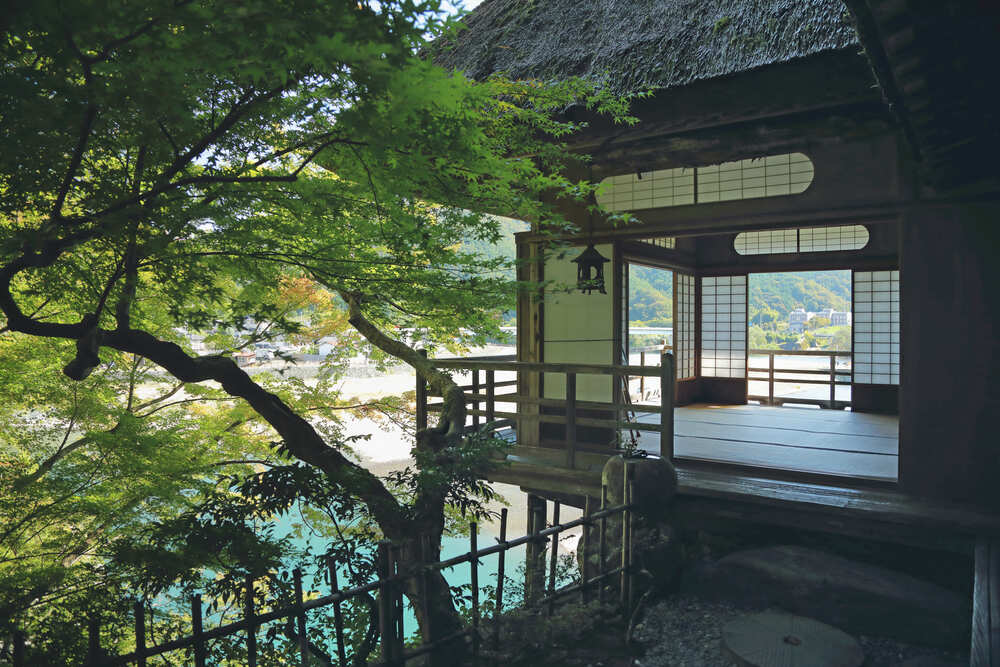
The "Furo-an" building is a suspended building built right next to the Hiji River that flows through the Ozu (a structure built along a cliff like Kiyomizu-dera Temple in Kyoto). The building itself is made to resemble a boat, and the ceiling is shaped like the bottom of a ship. The moon rises from the opposite shore, and the moonlight reflects off the ceiling to brighten the room.
If you look at the back of the Furo-an, you can also see a technique called "discarded pillars" that uses live wood as pillars.
Even the stonework is carefully considered
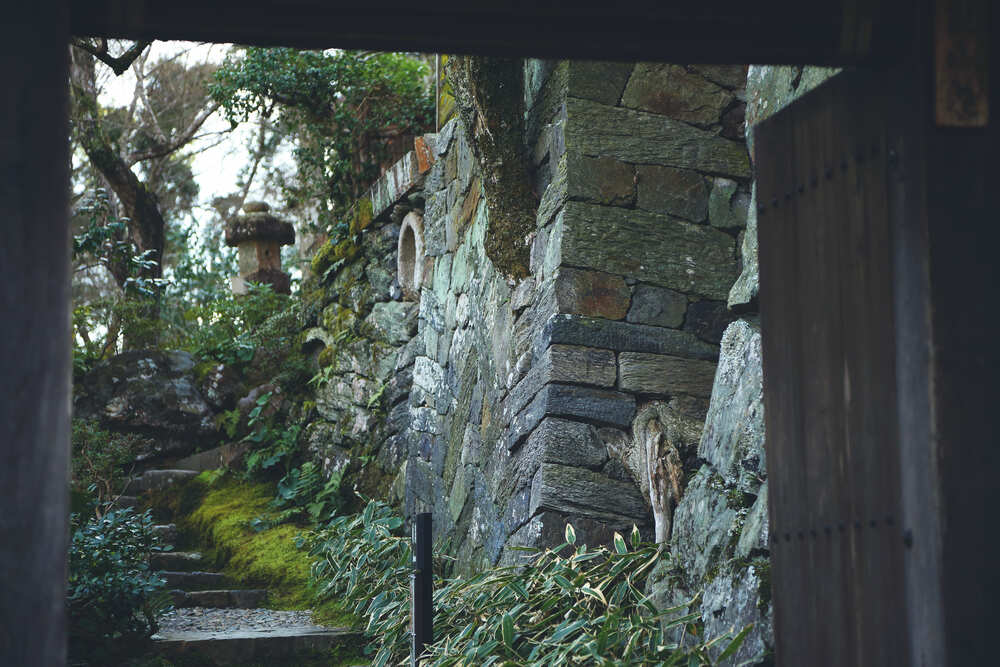
The stone wall just inside the entrance is also decorated with various intricate details.
Famous architecture full of international flavor Bansenso
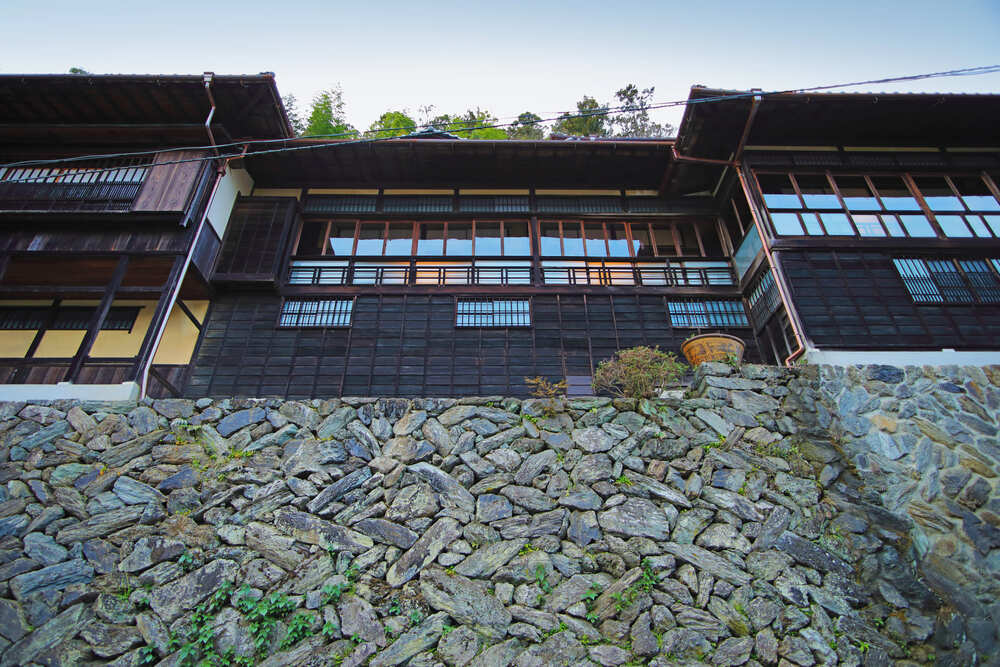
Bansenso is an international masterpiece built in 1926 by Matsui Kenzaburo and Kunigoro, who made a fortune from trade in the Philippines. The Matsui brothers made a fortune in the trade and retail industries, such as running a department store for Japan immigrants in Manila, Philippines, and built this building with the intention of building a villa in their hometown of Ozu. And this Bansenso has an international twist that symbolizes the two people who have been active overseas.
A rich international flavour
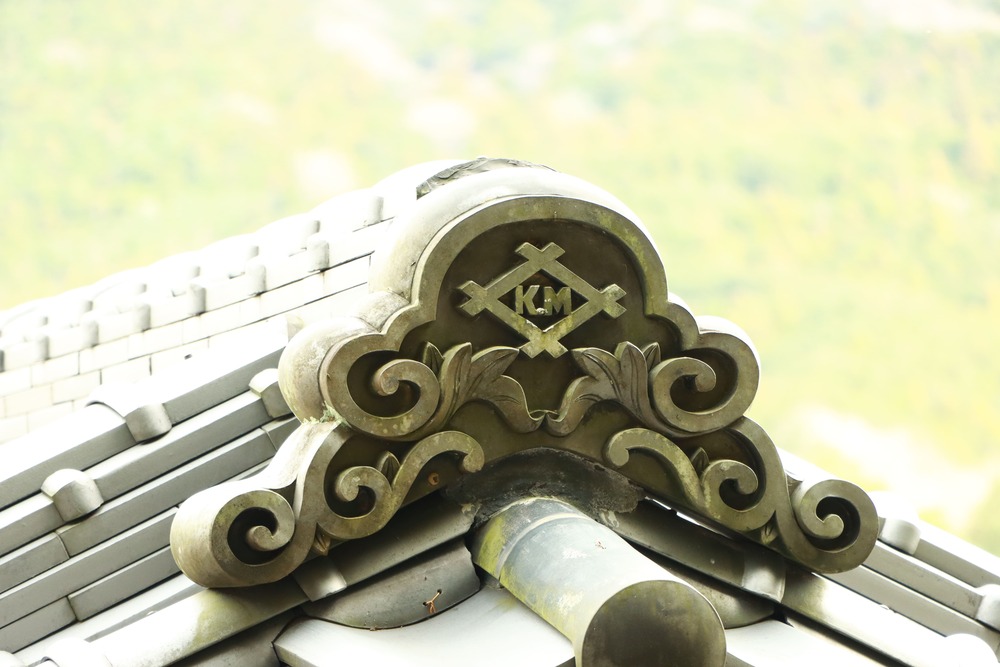
The feature of Bansenso is the detailed ingenuity full of international flavor.
A spacious balcony
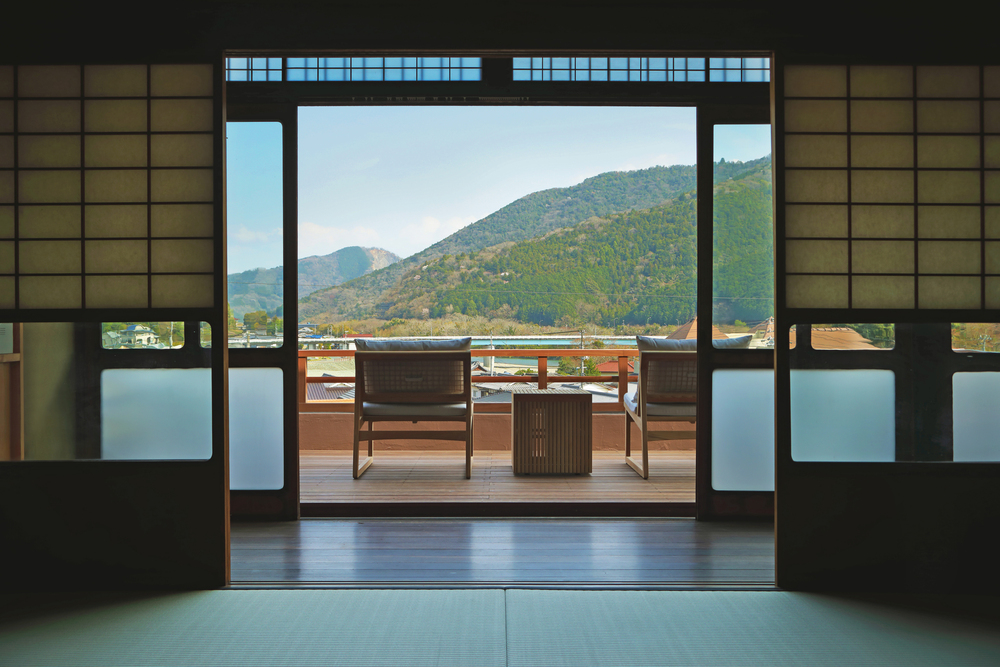
The second floor has a balcony, which was rare for a Japanese house of that time, and visitors can also spend some relaxing time here.
Auspicious ornaments
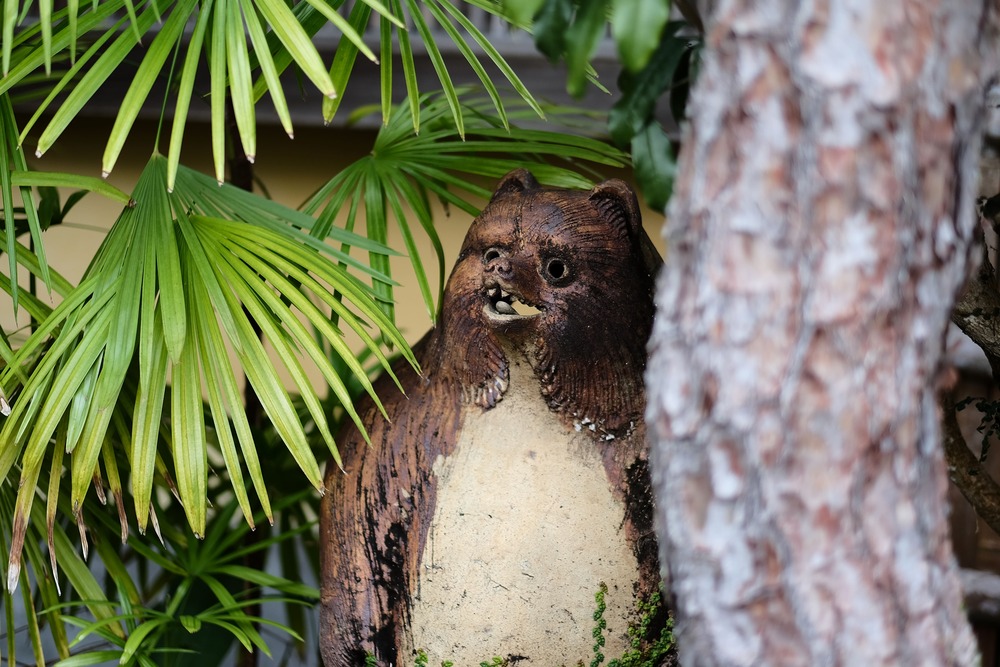
Like the Matsui brothers, who were merchants, various auspicious animal figurines are placed on the premises.
Yokoido
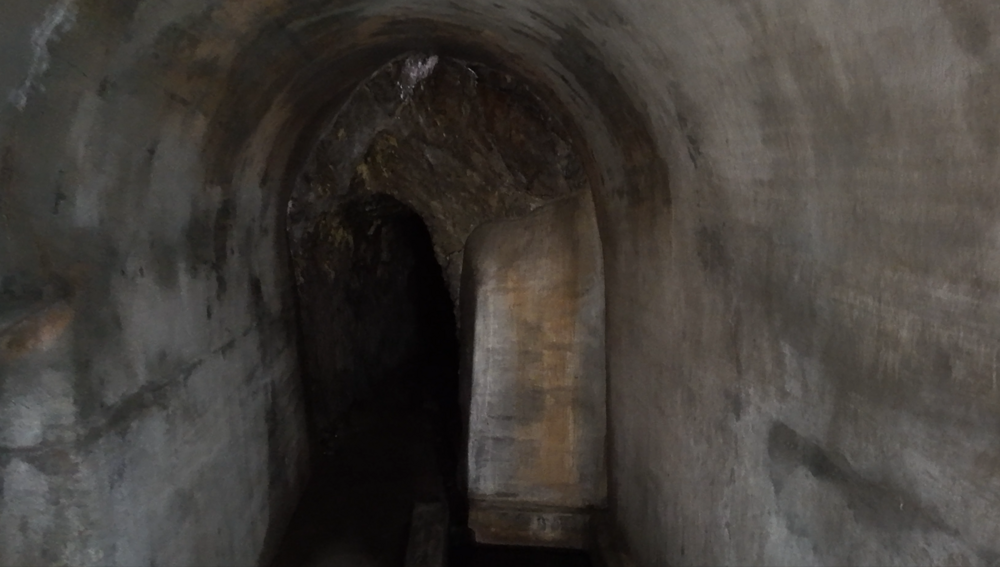
The origin of Bansenso is that it uses water that seeps from the bedrock of the back mountain.
A vacant house renovated into a traditional Japanese shop
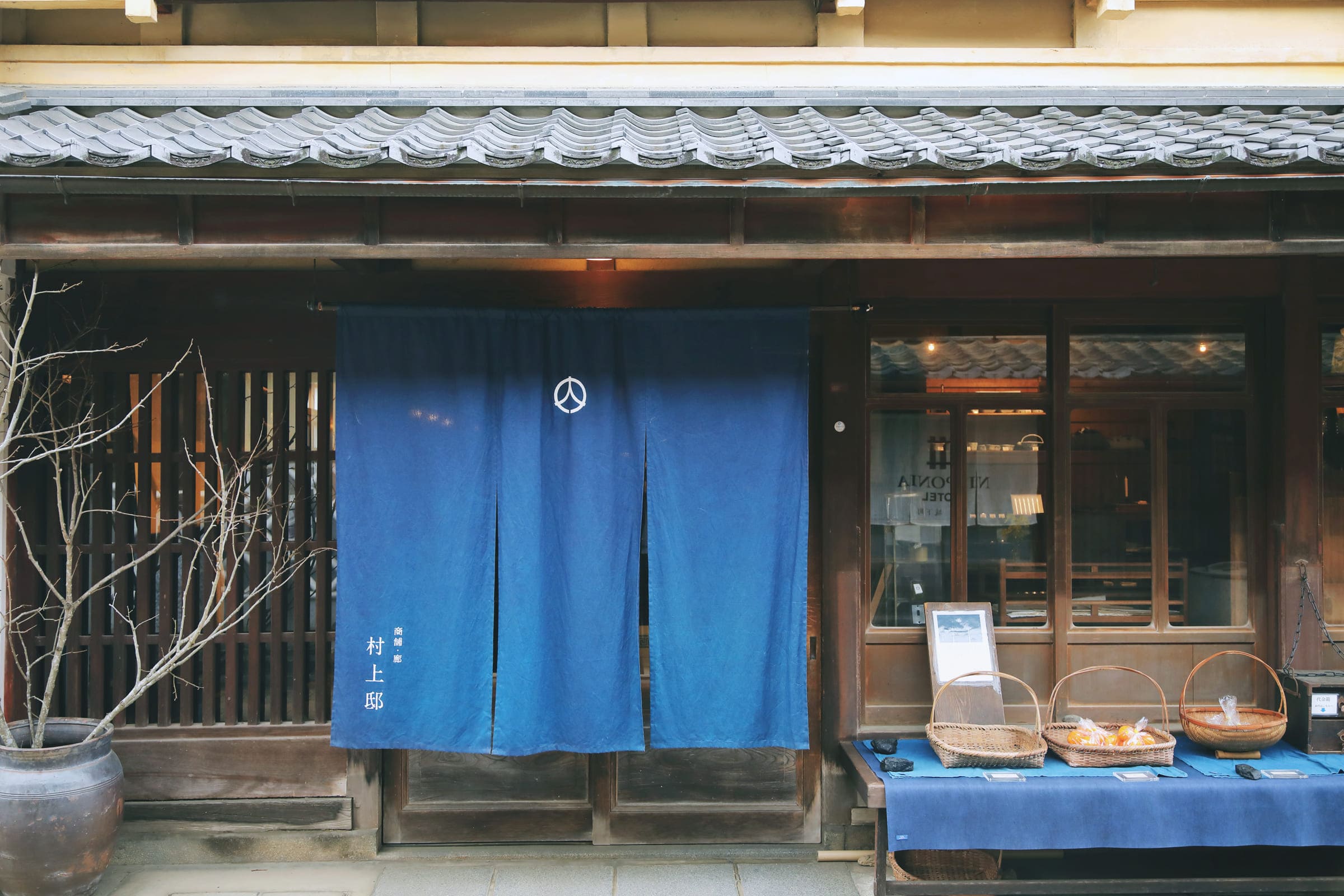
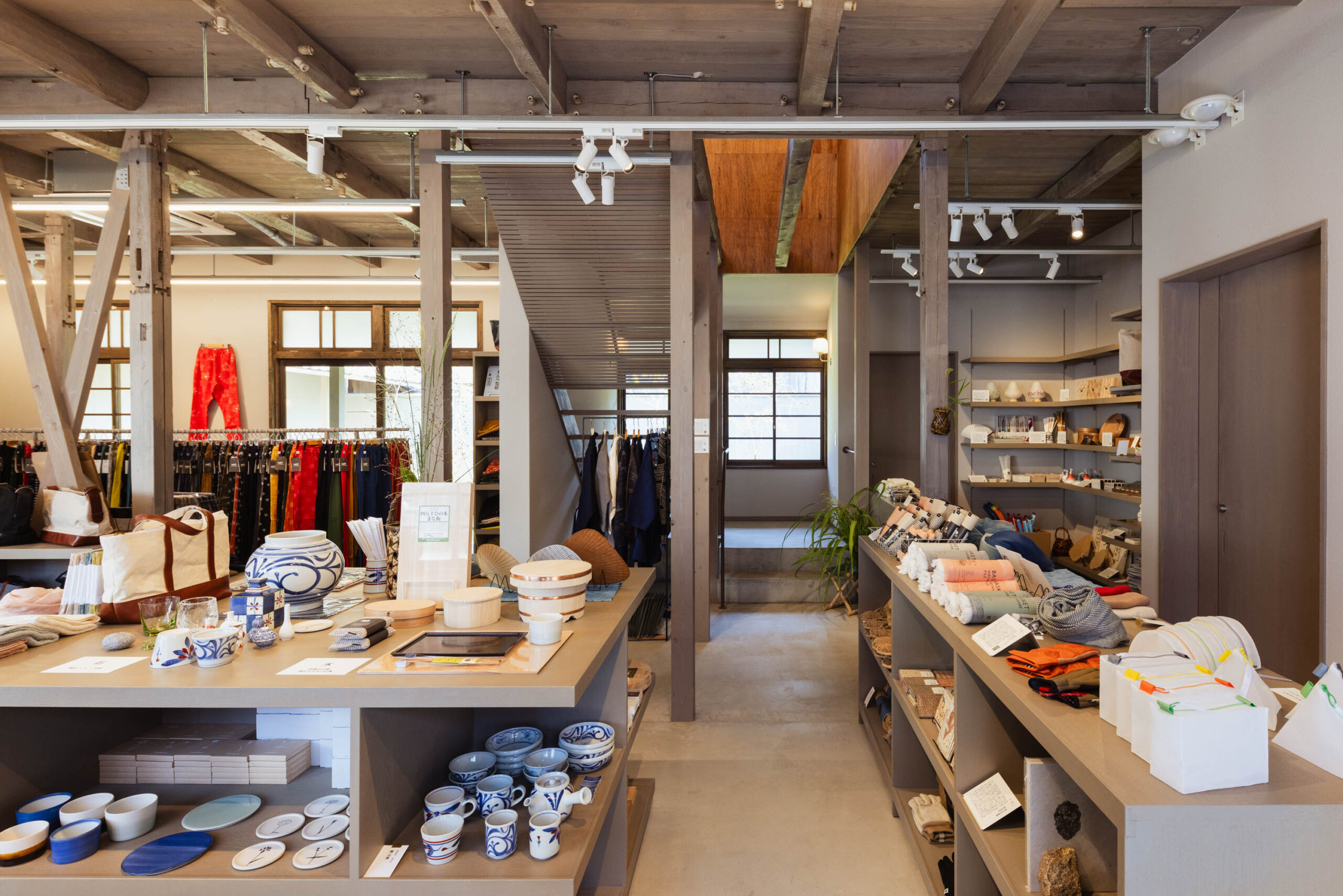
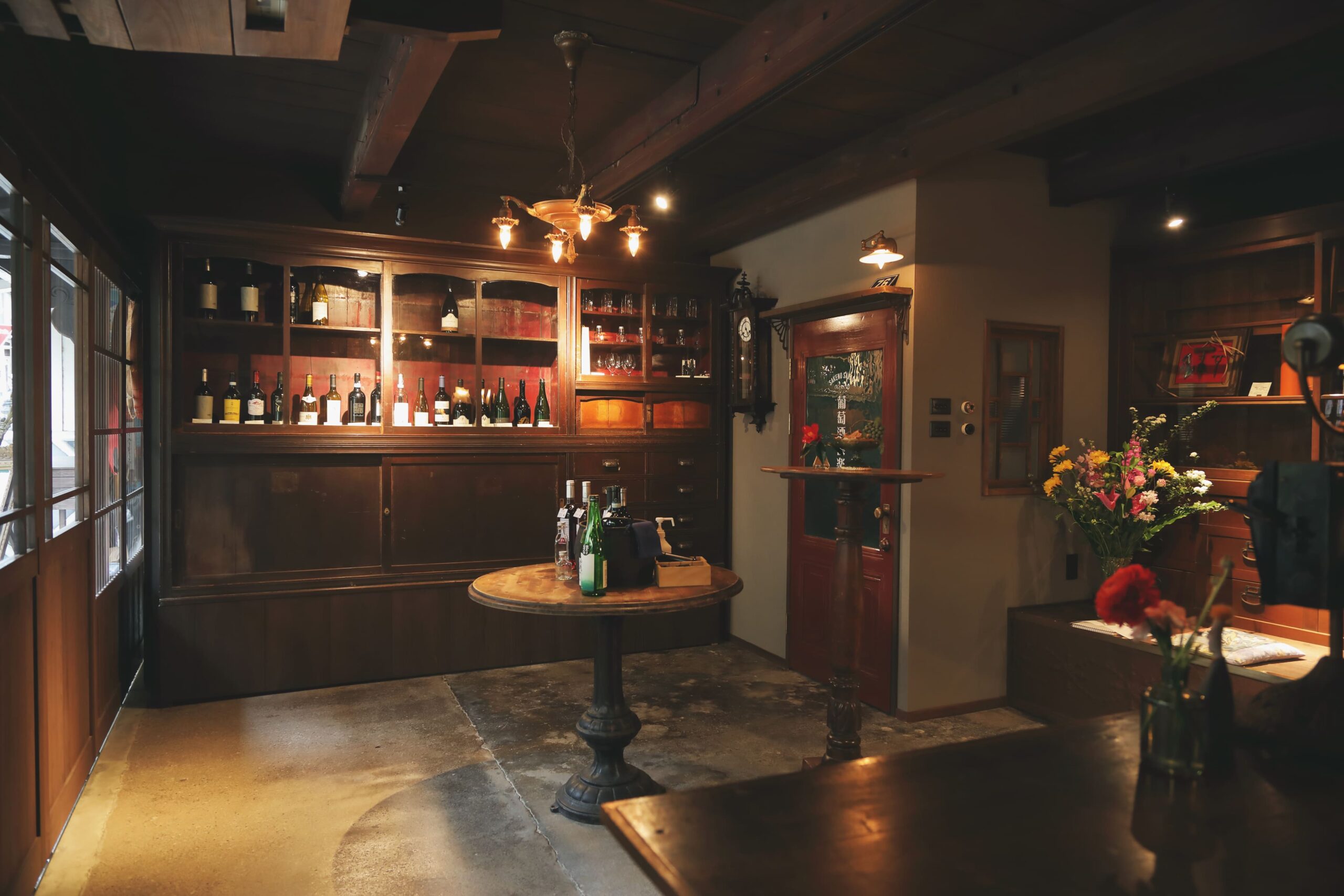
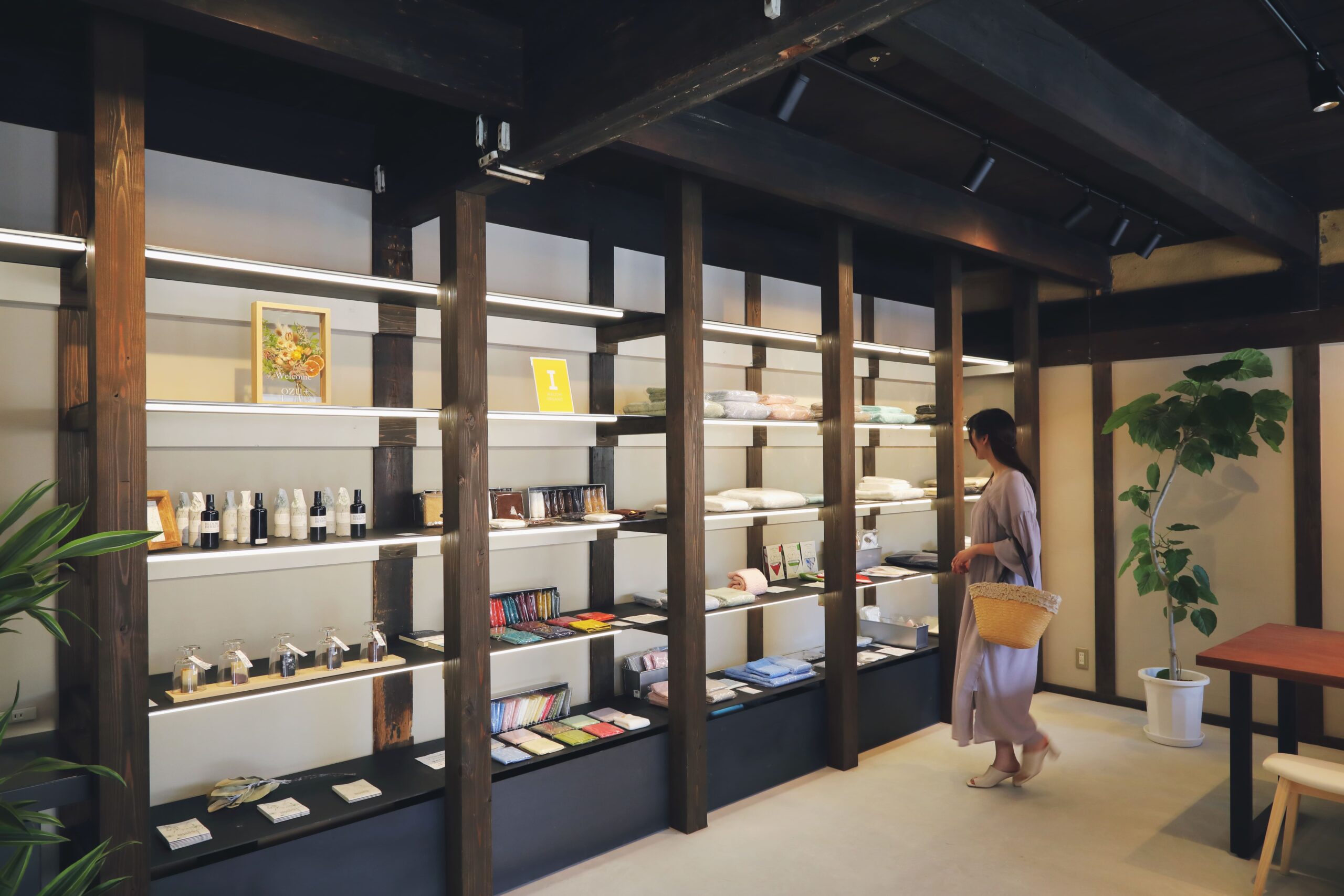
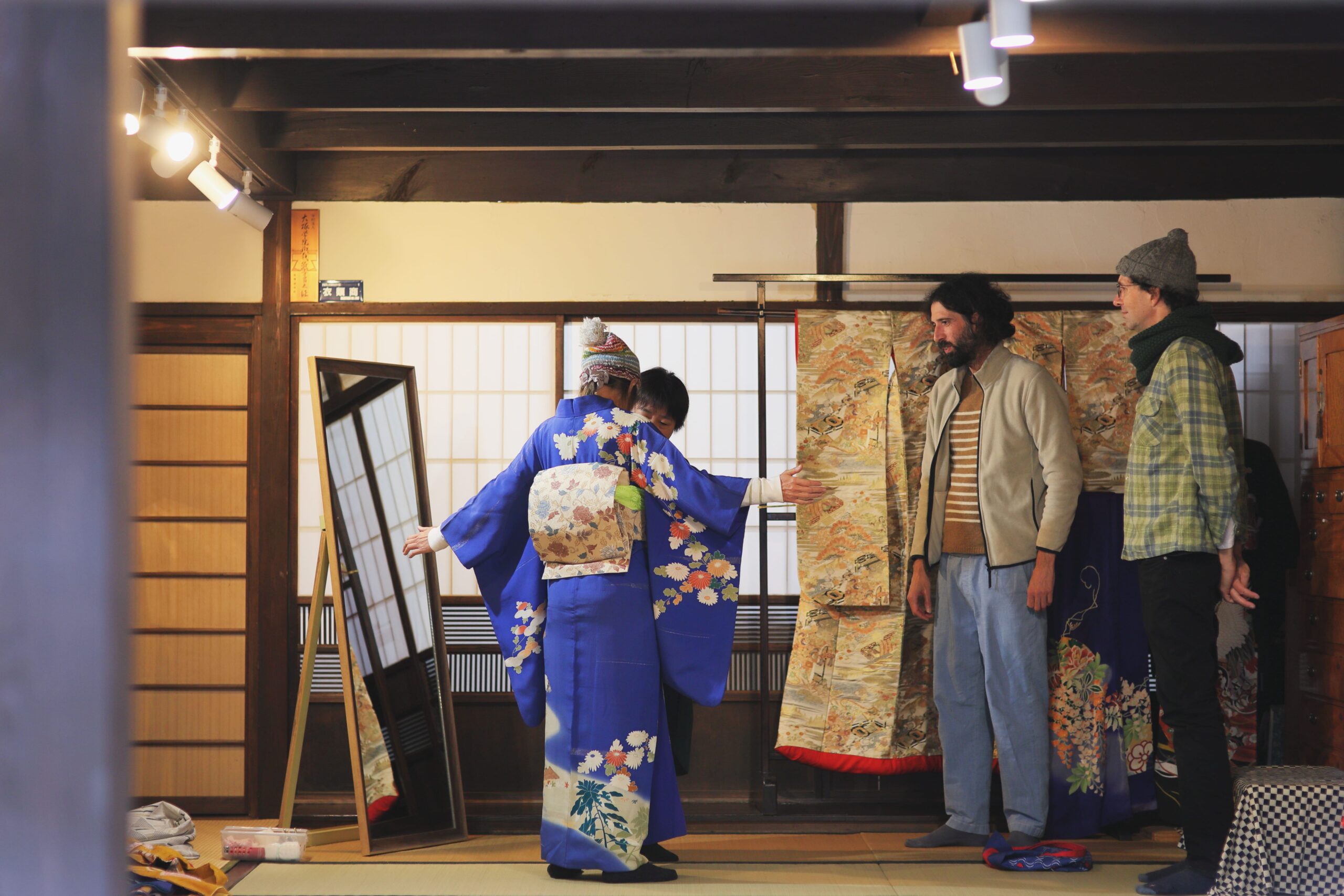
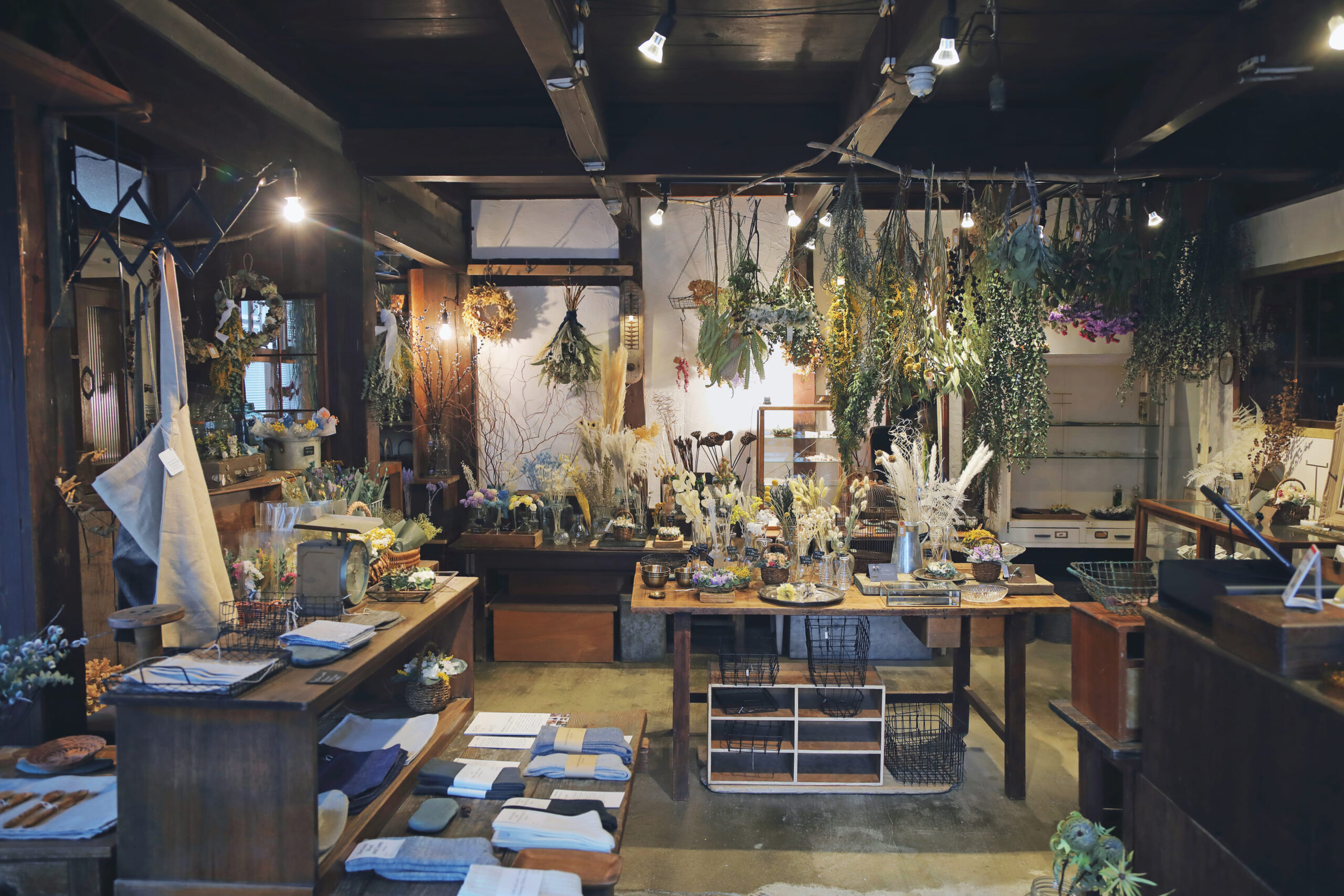
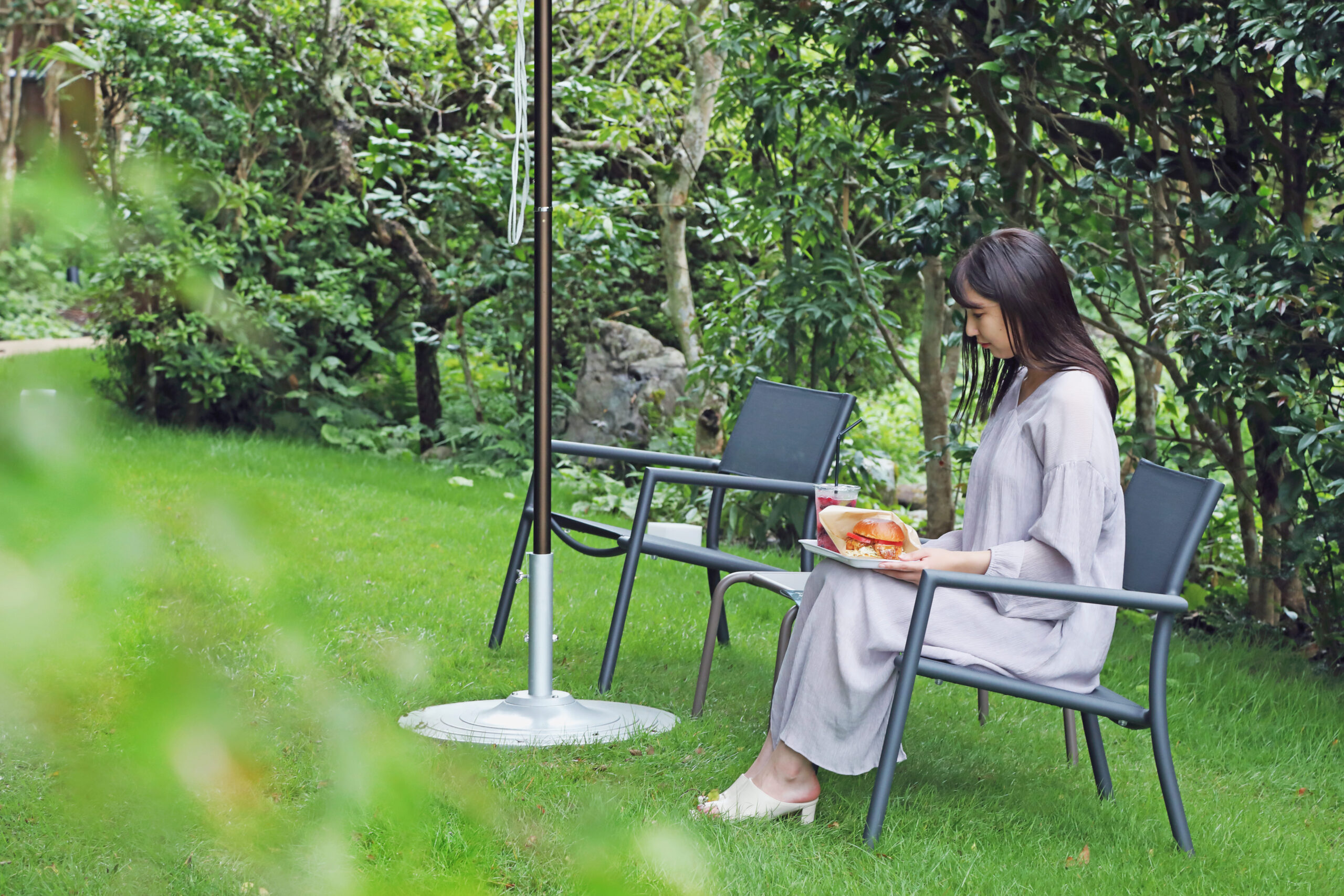
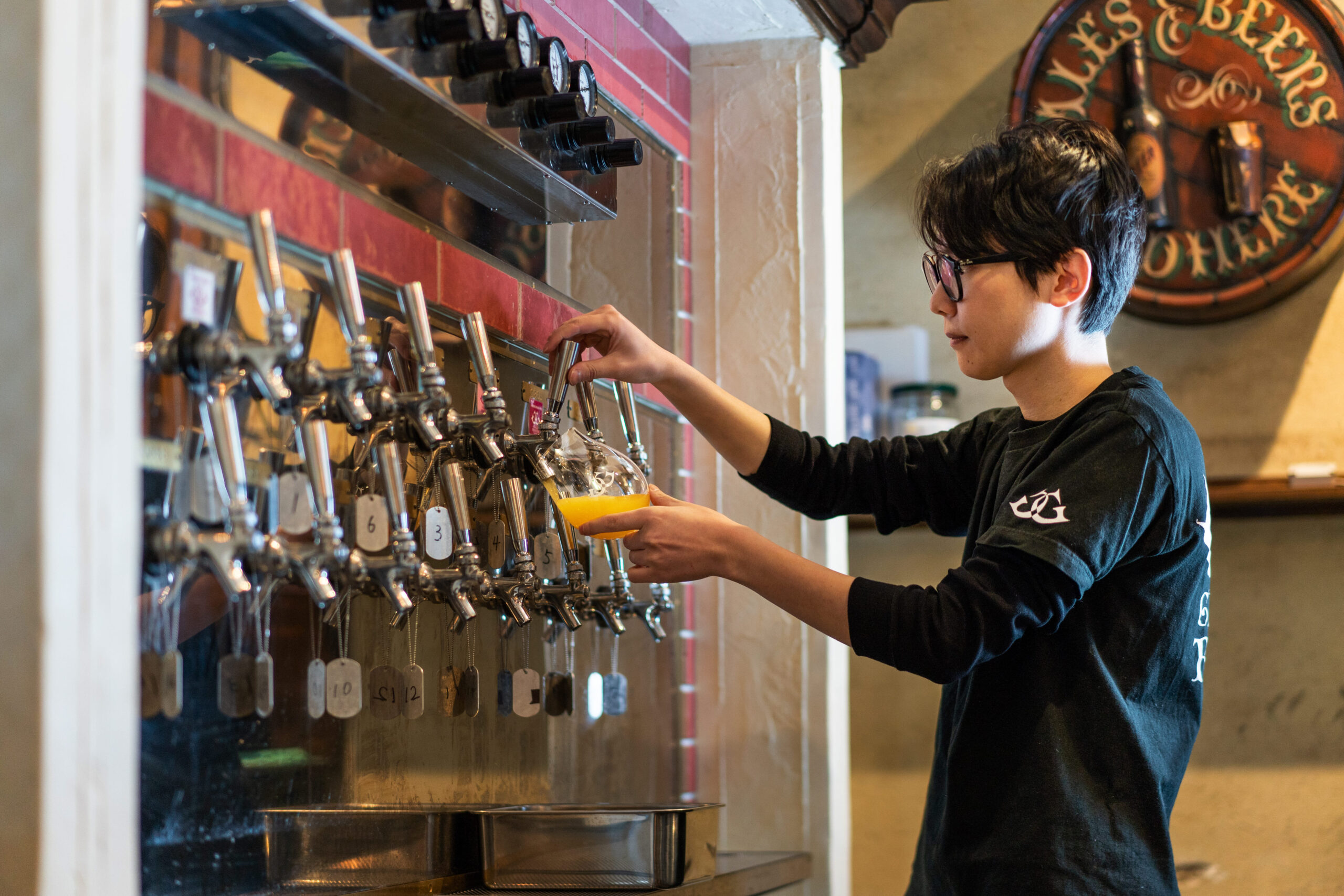
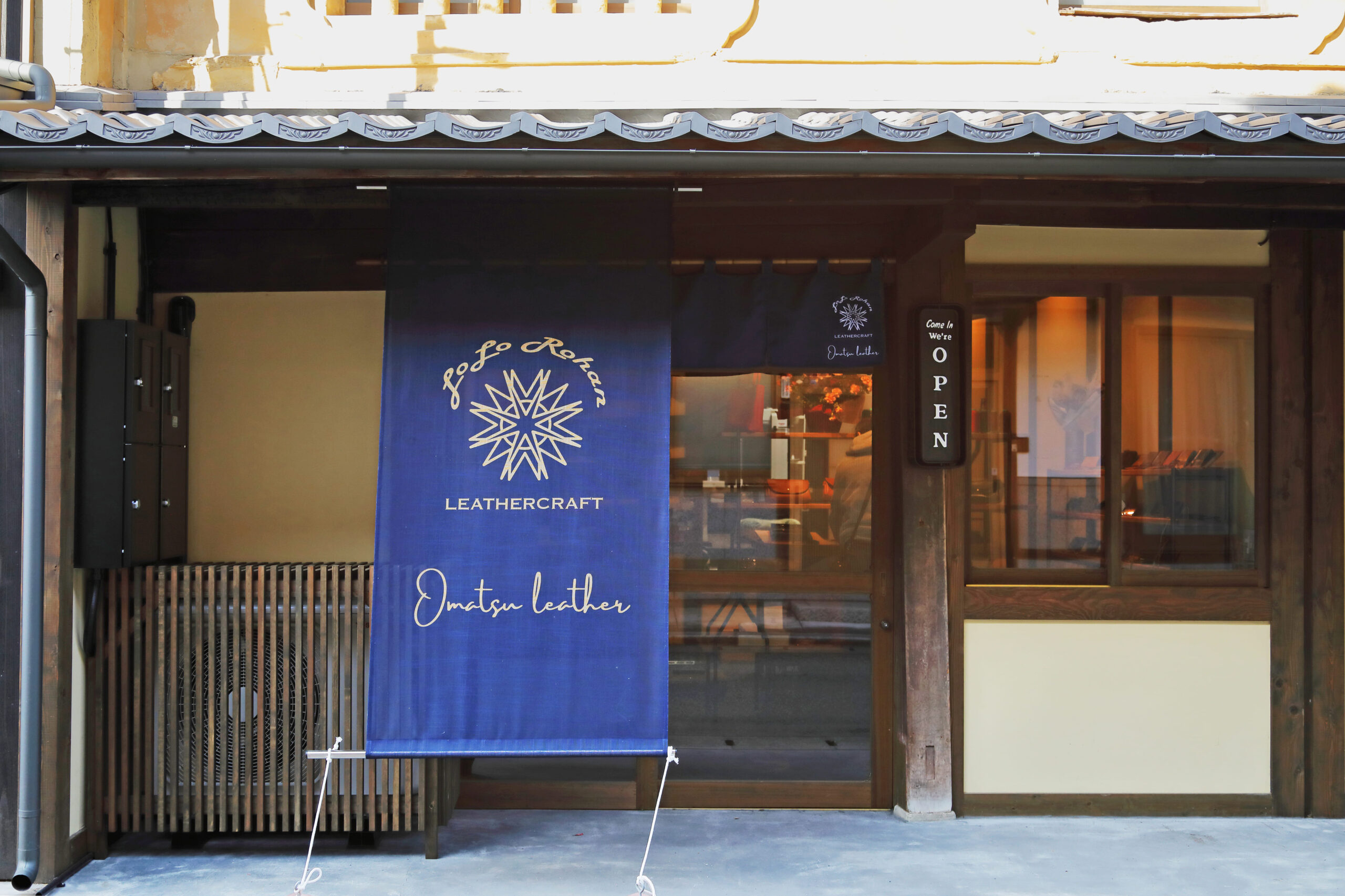
Ozu The city has been in a difficult situation to maintain its historic townscape due to the increase in vacant houses due to the decline in population in recent years. Therefore, with the cooperation of the government, banks, and private organizations, Ozu City renovated the old house, revived the vacant space that had been abandoned, and used it as a hotel and shop.
The shop, which is made of renovated old folk houses, is lined with a variety of stores rooted in the community, such as lunches, sweets, and crafts made with local products.
One of the largest decentralized hotel in Japan
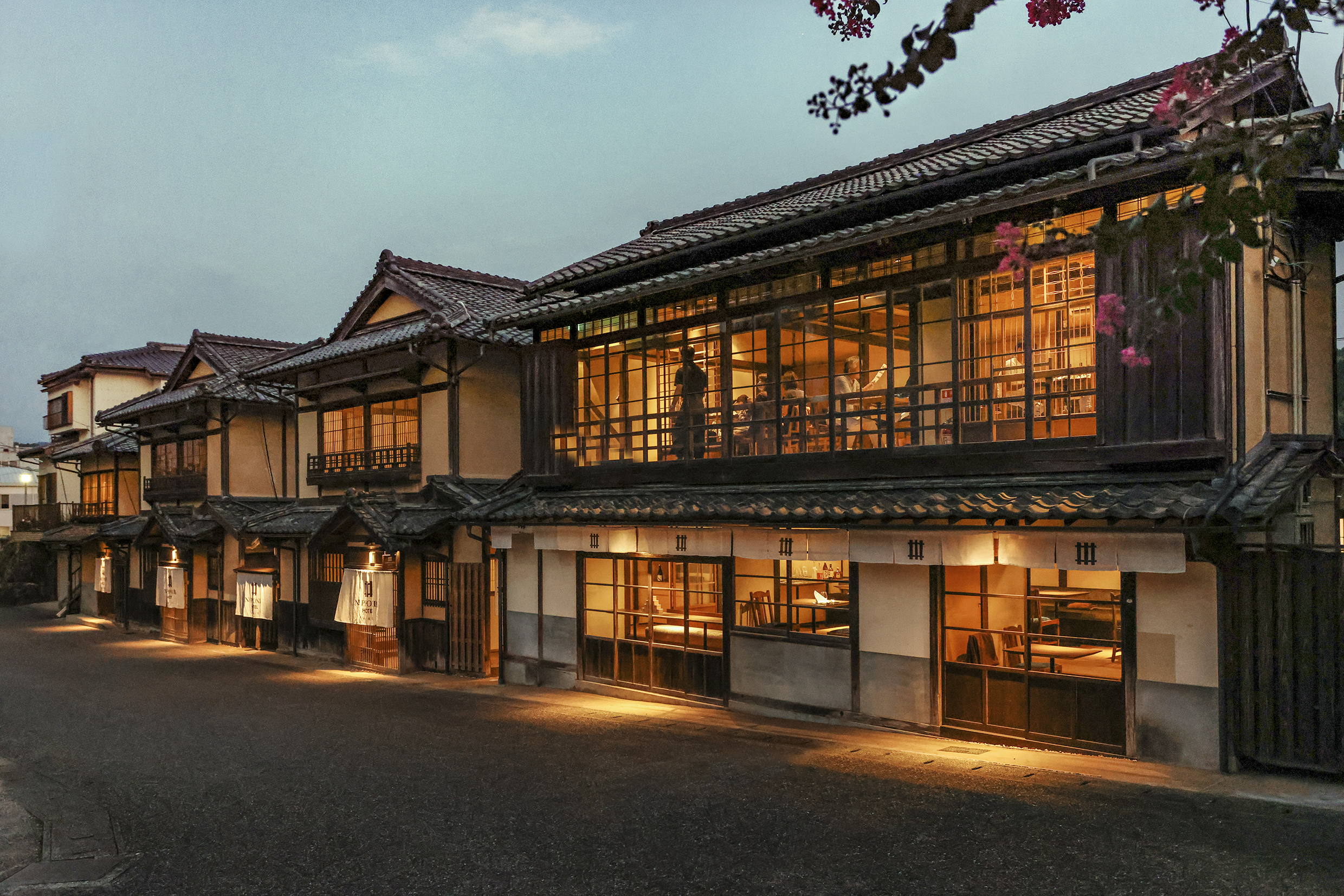
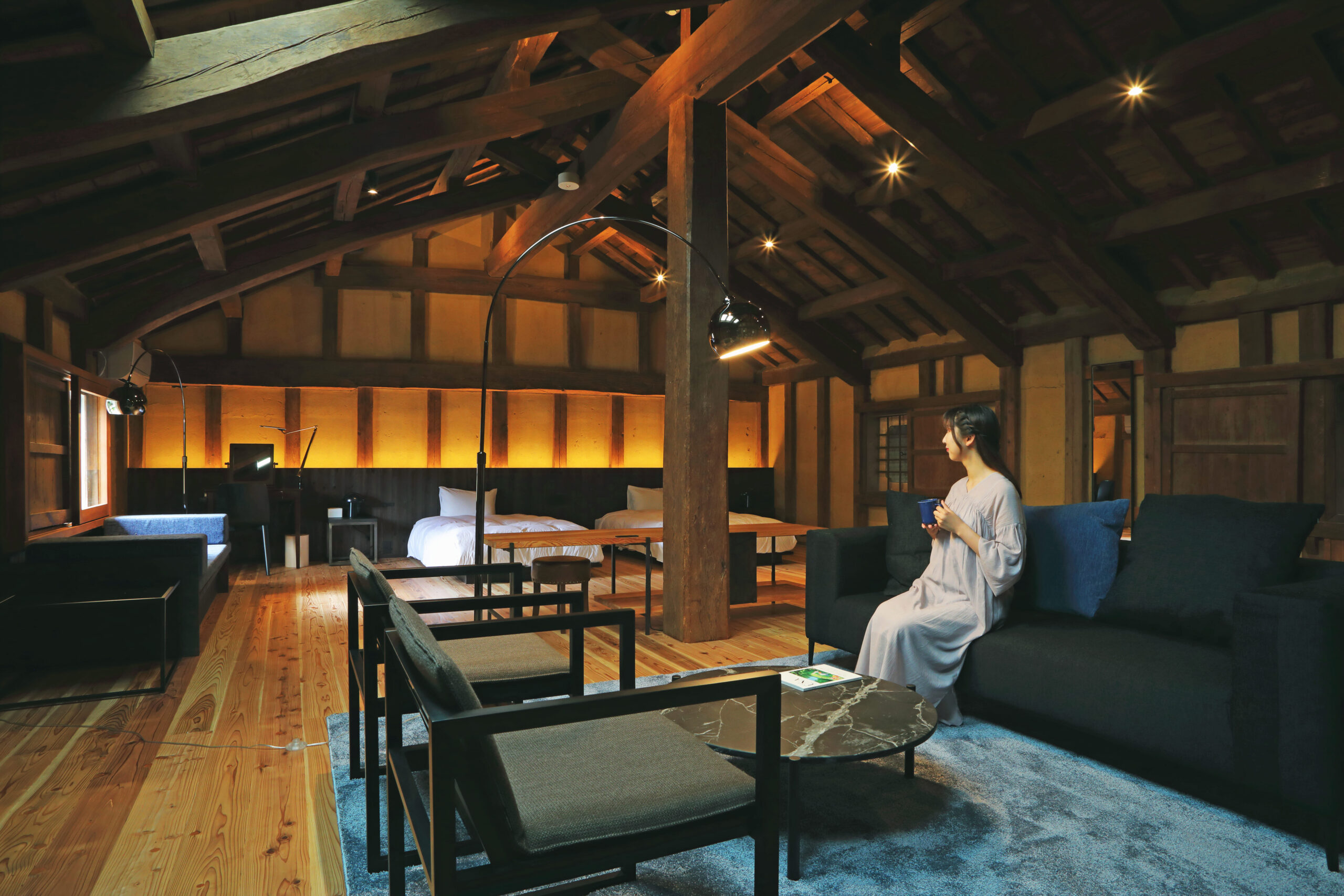
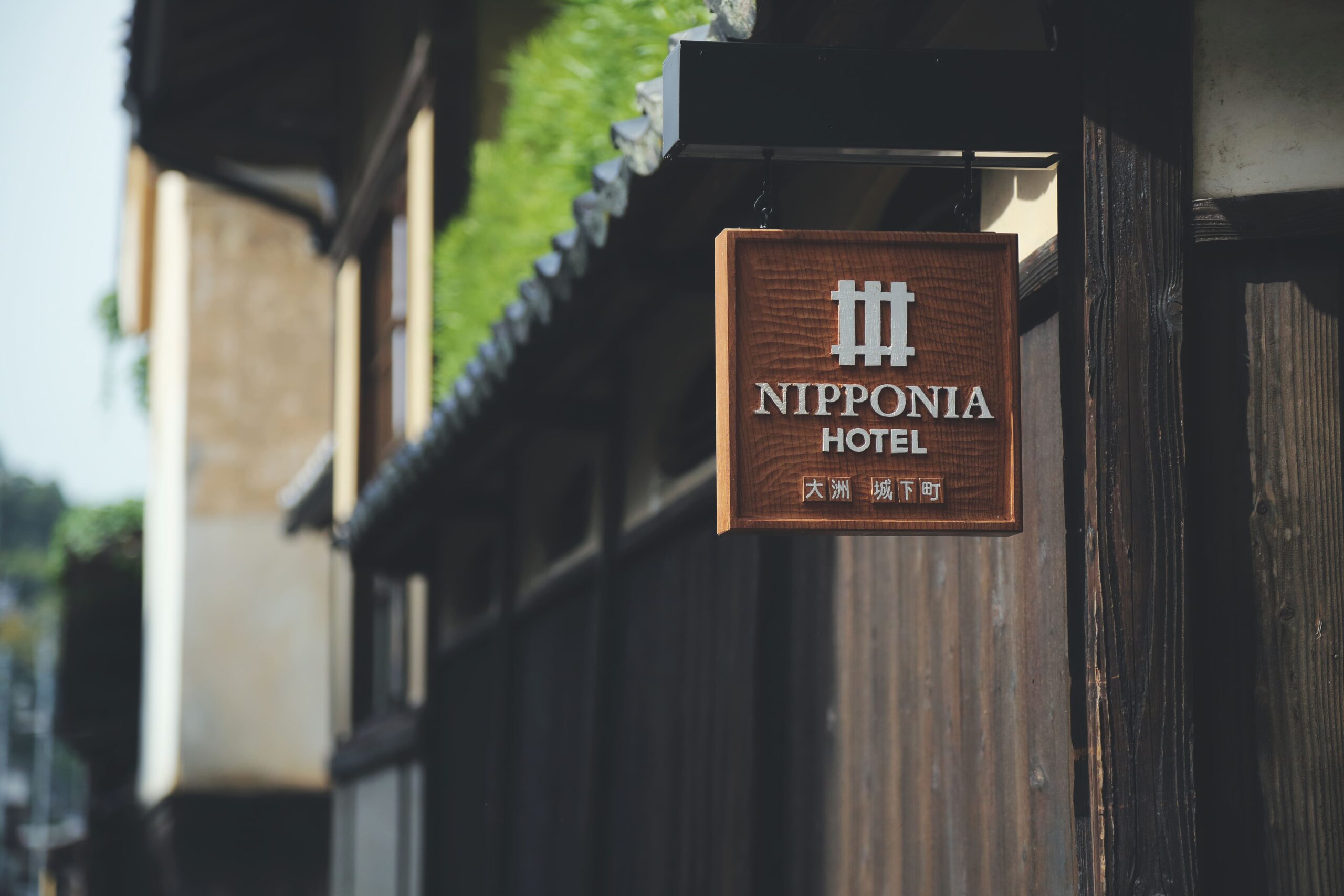
In 2020, one of the largest decentralized hotel in the Japan, "NIPPONIA HOTEL Ozu Castle Town", opened in a vacant house that was renovated as a hotel room. The entire Castle Town is considered to be a hotel, and it is designed to be a new form of travel that allows you to experience the history, culture, and life of Ozu by traveling around the town through your stay.
In addition, just as the townhouses of Castle Town used to be used as shops on the first floor and residences on the second floor, many buildings in "NIPPONIA HOTEL Ozu Castle Town" use the first floor as an old folk house shop and the second floor as a hotel room.


